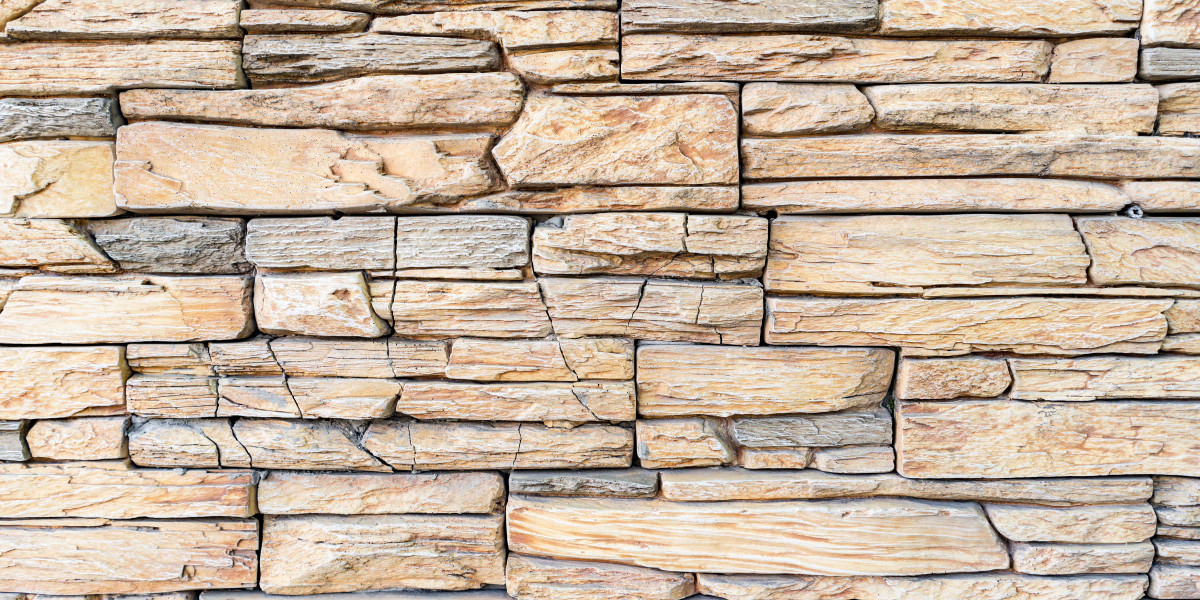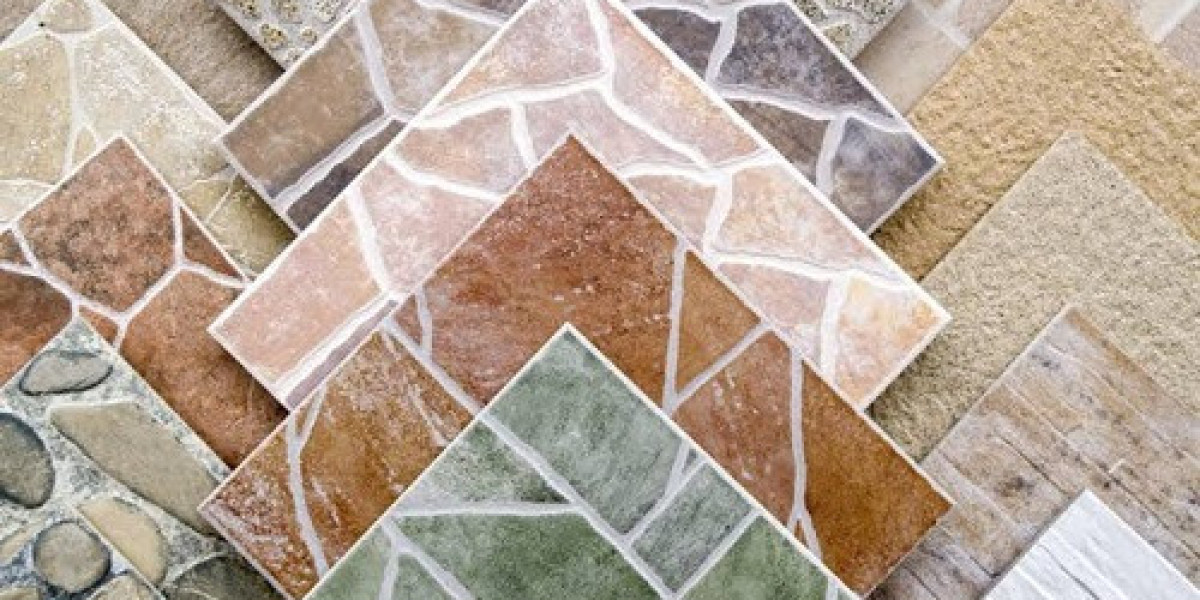In the world of architecture and design, the choice of materials plays a crucial role in the final appearance and durability of a project. One material that has gained significant attention and admiration is cast stone veneer. This versatile and aesthetically pleasing material offers a range of benefits, making it a popular choice for both residential and commercial applications. In this comprehensive article, we will explore the history, manufacturing process, advantages, and applications of cast stone veneer, demonstrating why it has become a preferred material for architects, designers, and builders.
A Brief History of Cast Stone Veneer
Cast stone, also known as reconstructed stone or artificial stone, has been used for centuries as an alternative to natural stone. Its origins can be traced back to ancient civilizations that sought to replicate the appearance of natural stone using locally available materials. The earliest examples of cast stone can be found in ancient Egypt, where craftsmen used a mixture of sand, lime, and crushed stones to create blocks that resembled natural stone.
The modern cast stone veneer industry began to take shape in the 19th century, with advancements in cement technology and molding techniques. In the early 20th century, cast stone became a popular choice for architectural elements in both residential and commercial buildings. Its ability to mimic the appearance of natural stone while offering greater consistency and ease of installation made it a sought-after material.
What is Cast Stone Veneer?
Cast stone veneer is a highly refined architectural concrete product designed to replicate the look of natural stone. It is made by combining fine aggregates, cement, water, and pigments to create a material that is both strong and visually appealing. The mixture is poured into molds, which can be customized to produce a wide range of shapes, textures, and colors. Once cured, the cast stone veneer pieces are removed from the molds and finished to achieve the desired appearance.
Advantages of Cast Stone Veneer
1. Aesthetic Appeal
One of the most significant advantages of cast stone veneer is its ability to replicate the appearance of natural stone. With a wide range of textures, colors, and finishes available, cast stone veneer can be customized to match the desired look of any project. Whether you prefer the rugged beauty of fieldstone or the refined elegance of limestone, cast stone veneer offers a versatile solution that can enhance the visual appeal of any building.
2. Durability and Longevity
Cast stone veneer is engineered to withstand the elements and resist wear and tear. Its dense composition and high compressive strength make it highly durable, ensuring that it can withstand the rigors of both interior and exterior applications. Unlike natural stone, which can be prone to cracking and weathering, cast stone veneer maintains its integrity and appearance over time, making it a long-lasting investment.
3. Consistency and Quality Control
Because cast stone veneer is manufactured in a controlled environment, it offers consistent quality and appearance. Each piece is crafted to meet exact specifications, ensuring uniformity in color, texture, and detail. This level of control is difficult to achieve with natural stone, which can vary significantly in appearance due to its inherent characteristics.
4. Cost-Effectiveness
Compared to natural stone, cast stone veneer is often more cost-effective. The manufacturing process is more efficient, and the material itself is less expensive. Additionally, the lightweight nature of cast stone veneer reduces transportation and installation costs, making it an economical choice for a wide range of projects.
5. Environmental Sustainability
Cast stone veneer is an environmentally friendly choice for architectural projects. It can be made using locally sourced materials, reducing transportation costs and associated carbon emissions. Furthermore, the production process generates minimal waste, and the material itself can be recycled. This makes cast stone veneer a sustainable option for those seeking to reduce their environmental impact.
Applications of Cast Stone Veneer
Cast stone veneer is a versatile material that can be used in a variety of applications, both indoors and outdoors. Its ability to replicate the look of natural stone makes it a popular choice for enhancing the aesthetic appeal of buildings and landscapes. Here are some common uses for cast stone veneer:
1. Exterior Cladding
Cast stone veneer is an excellent choice for exterior cladding, providing a beautiful and durable finish for building facades. It can be used to cover entire walls or as an accent material to highlight specific architectural features. The wide range of available textures and colors allows for creative design possibilities, making it easy to achieve the desired look for any project.
2. Interior Walls and Fireplaces
In interior applications, cast stone veneer can be used to create stunning feature walls and fireplaces. Its ability to mimic the appearance of natural stone adds a touch of elegance and warmth to any room. Whether used in living rooms, kitchens, or bedrooms, cast stone veneer can transform a space, making it more inviting and visually appealing.
3. Landscape Design
Cast stone veneer is also a popular choice for landscape design, offering a durable and attractive solution for outdoor features. It can be used to create retaining walls, garden borders, and decorative elements such as columns and arches. The material's resistance to weathering ensures that it will maintain its beauty and functionality in outdoor environments.
4. Commercial Buildings
In commercial settings, cast stone veneer adds a touch of sophistication and professionalism. It can be used in a variety of applications, including building facades, entranceways, and interior spaces. The material's durability and low maintenance requirements make it an ideal choice for high-traffic areas, ensuring that it will look great for years to come.
5. Restoration Projects
For historic restoration projects, cast stone veneer offers an effective solution for replicating the appearance of original stonework. Its ability to match the color, texture, and detailing of natural stone makes it possible to preserve the architectural integrity of historic buildings while benefiting from the durability and consistency of modern materials.
The Manufacturing Process of Cast Stone Veneer
The production of cast stone veneer involves several key steps, each contributing to the final product's quality and appearance:
1. Design and Mold Creation
The first step in creating cast stone veneer is the design phase. Architects and designers work together to create detailed drawings and specifications for the veneer pieces. Once the design is finalized, molds are created to shape the cast stone. These molds can be made from various materials, including wood, rubber, or fiberglass, and are designed to produce the desired shapes and details.
2. Mixing and Pouring
The next step is mixing the cast stone material. This involves combining fine aggregates, cement, water, and pigments to create a homogeneous mixture. The mixture is then poured into the prepared molds, ensuring that it fills all the intricate details and shapes.
3. Curing
Once the molds are filled, the cast stone elements are allowed to cure. Curing is a critical process that involves maintaining the right temperature and humidity levels to ensure the material hardens properly. This process can take several days, depending on the size and complexity of the veneer pieces.
4. Demolding and Finishing
After the curing process is complete, the cast stone elements are carefully removed from the molds. At this stage, any necessary finishing touches are applied to enhance the appearance and texture of the veneer pieces. This may include sanding, polishing, or applying surface treatments.
5. Quality Control
Quality control is an essential part of the manufacturing process. Each cast stone veneer piece is inspected to ensure it meets the required specifications and standards. Any imperfections or defects are addressed before the final product is shipped to the project site.
Choosing the Right Cast Stone Veneer for Your Project
Selecting the appropriate cast stone veneer for your project involves considering several factors, including design, budget, and installation requirements. Here are some tips to help you make the best choice:
1. Define Your Design Vision
Start by clearly defining the design vision for your project. Consider the architectural style of the building and the specific aesthetic you want to achieve. Whether you prefer a rustic, contemporary, or traditional look, cast stone veneer can be tailored to match your vision.
2. Consider the Application
Think about where the veneer will be installed and the specific requirements of that space. For example, outdoor applications may require veneer with enhanced weather resistance, while indoor installations might prioritize intricate details and finishes.
3. Set a Budget
Determine your budget for the project, including the cost of materials, manufacturing, and installation. Cast stone veneer is generally more cost-effective than natural stone, but it's essential to factor in all expenses to ensure your project stays within budget.
4. Work with Reputable Manufacturers
Choose a reputable manufacturer with a proven track record in producing high-quality cast stone products. Look for companies that offer customization options, provide detailed specifications, and have positive reviews from previous clients.
5. Plan for Installation
Proper installation is crucial to the success of your project. Work with experienced contractors who are familiar with cast stone veneer and can ensure a seamless and secure installation. Properly installed veneer will not only look beautiful but also provide the necessary durability and support.
Maintaining Cast Stone Veneer
One of the significant advantages of cast stone veneer is its low maintenance requirements. However, regular care and upkeep are essential to ensure it remains in optimal condition. Here are some maintenance tips:
1. Regular Cleaning
Clean your cast stone veneer regularly to remove dirt, debris, and pollutants. Use a mild detergent and water solution, and avoid harsh chemicals that could damage the surface. A soft brush or cloth is ideal for scrubbing away dirt without causing scratches.
2. Inspect for Damage
Periodically inspect the veneer for any signs of damage, such as cracks, chips, or discoloration. Addressing these issues promptly can prevent further deterioration and maintain the structural integrity of the veneer.
3. Sealing
Consider applying a sealant to your cast stone veneer to enhance its resistance to moisture and stains. Sealants can help protect the surface and prolong the material's lifespan. Consult with your manufacturer or contractor to determine the best type of sealant for your specific application.
4. Avoid Impact Damage
While cast stone veneer is durable, it can still be damaged by heavy impacts. Avoid placing heavy objects against the veneer and be cautious during landscaping or construction activities around the veneer.
Conclusion: Embrace the Beauty and Benefits of Cast Stone Veneer
In conclusion, cast stone veneer is a versatile, durable, and aesthetically pleasing material that offers numerous benefits for architectural projects. Its ability to replicate the look of natural stone while providing superior consistency and quality makes it a popular choice for a wide range of applications. Whether you're enhancing the exterior of a building, creating a stunning interior feature, or designing a beautiful landscape, cast stone veneer can help you achieve your vision with elegance and sophistication.
When planning your next project, consider the many advantages of cast stone veneer and work with reputable manufacturers like Melton Classics to ensure the highest quality and best results. With proper selection, installation, and maintenance, cast stone veneer can enhance the beauty and functionality of your space for years to come.



